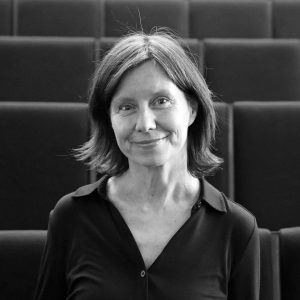Lecture: “Construction Rubble, Wastelands and Mining Rights: Who Owns the Ground and Who Can Extract it”
The work of Lara Almarcegui poses questions about the current state of the construction, development, use, and decay of spaces that are apparently peripheral to the city. In her large- scale projects she provokes a dialogue between the different elements that make up the physical reality of the urban landscape, in its constant transformation through demolitions, excavations, construction materials, and contemporary ruins.
Reflecting on extraction for the production of space, the raw material installations by Lara Almarcegui underline the relation between the constructed, the city, who owns its geology and the ground where it is settled. To highlight the large volumes involved and the materiality of the built environment, Almarcegui made piles of the gravel extracted each day by a quarry in the city of Basel, 1 000 tons. (project commissioned by Creative Time, Messe Basel, 2018). Inventories of construction materials were carried out to analyse the origins of the built environment: Sâo Paolo is built out of 446 million tons of concrete (Sâo Paulo Biennial 2006). M+ in Hong Kong, one of the most recent major museum projects, is made of 168 938 tons of gravel.
Who owns ground and resources and who has the right to extract them? Legally, natural resources are publicly owned, but governments can grant them to mining companies in the form of exploration or extraction rights. As part of the inquiry on underneath ownership and who has the right to exploit these natural resources, Almarcegui has been acquiring exploration rights (Mineral Rights, Graz, 2015-ongoing). Tveitvangen, nearby Oslo, (2015-ongoing), the exploration mineral rights extend over an area of one square kilometre, and reach from the subsoil down to the centre of the earth.
Lara Almárcegui’s artistic practice explores the material aspects of land and urban space. She has worked in different cities, identifying abandoned, unused, or forgotten sites and examining the contemporary transformation processes brought about by social, political, and economic change. In recent years, Almárcegui has turned her attention to construction sites, in particular the composite materials used in the construction of new buildings and the cyclical relationship between land and architecture. Almárcegui represented Spain at the 55th Venice Biennale (2013).

